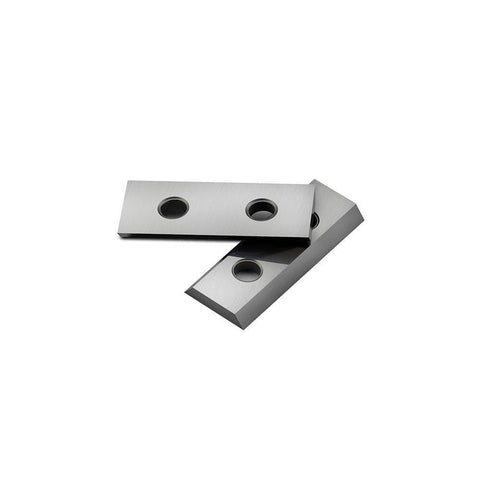
Navigating the Choice: How to Select the Right Insert Grade for Your Needs
Choosing the appropriate insert grade is a critical decision in various fields, from manufacturing to machining, where precision and durability are paramount. This choice directly affects performance, cost, and overall efficiency. Whether you're working with cutting tools, inserts for milling, or components in high-stress environments, understanding how to select the right grade can make all the difference. This article delves into the factors influencing insert grade selection, offering insights to help you make an informed decision.
Firstly, it's essential to understand what insert grades are and why they matter. Insert grades refer to the specific materials and coatings used in the inserts of cutting tools, which are crucial for their performance and longevity. These grades are designed to handle different types of materials and cutting conditions, each offering distinct properties such as hardness, toughness, and resistance to wear and heat.
One of the most significant factors to consider when choosing an insert grade is the type of material you will be cutting. Different materials, such as steel, cast iron, aluminum, or exotic alloys, require inserts with specific properties. For instance, high-speed steel (HSS) inserts are typically used for softer materials, while carbide inserts are preferred for harder materials due to their superior hardness and wear resistance. If you're working with materials that are prone to high temperatures, such as titanium or superalloys, you might need inserts with high heat resistance and thermal stability.
The cutting conditions are another crucial aspect. These conditions include factors such as cutting speed, feed rate, and depth of cut. For high-speed cutting operations, inserts with high hardness and thermal stability are essential to maintain performance and extend tool life. Conversely, for more moderate cutting conditions, a balance between toughness and hardness might be preferable. It's important to match the insert grade to the specific conditions of your operation to optimize performance and reduce tool wear.
The geometry of the cutting tool also plays a role in selecting the right insert grade. Inserts come in various shapes and configurations, each designed for specific cutting applications. For example, inserts with positive rake angles are often used for light cutting operations to improve cutting efficiency and surface finish, while those with negative rake angles are better suited for heavy-duty cutting due to their increased strength and stability. Understanding the geometry of your cutting tool and how it interacts with the material being cut will guide you in choosing the appropriate insert grade.
Another consideration is the cost-effectiveness of the insert grade. While high-performance inserts may offer better results and longer tool life, they often come at a higher price. It's essential to weigh the benefits of increased performance and longevity against the initial cost. In some cases, using a less expensive insert with more frequent replacements might be more economical than investing in high-end inserts. However, this decision should be based on a thorough analysis of your specific needs, cutting conditions, and budget constraints.
Additionally, the manufacturer's recommendations and industry standards can provide valuable guidance. Many manufacturers offer detailed specifications and recommendations for their insert grades, including suggested applications and optimal cutting conditions. Consulting these resources can help ensure that you select an insert grade that aligns with industry best practices and your particular requirements. Engaging with industry experts and leveraging their experience can also provide insights that might not be immediately apparent from technical specifications alone.
In practical terms, selecting the right insert grade often involves a process of trial and error. Testing different grades in your specific application can provide real-world data on performance and tool life. This empirical approach allows you to fine-tune your choice based on actual results, helping you identify the best insert grade for your needs.
It's also worth considering advancements in insert technology and materials. Continuous innovations in this field mean that new grades and coatings are regularly introduced, offering improved performance and cost-efficiency. Staying updated on the latest developments can give you a competitive edge and help you make more informed decisions.
Ultimately, choosing the right insert grade is a balancing act between material compatibility, cutting conditions, tool geometry, cost, and manufacturer recommendations. By carefully evaluating these factors and leveraging both technical data and practical experience, you can select an insert grade that optimizes performance, extends tool life, and enhances overall efficiency in your operations. With thoughtful consideration and a strategic approach, you can navigate the complexities of insert grade selection and achieve the best possible outcomes for your specific needs.
 >
>





